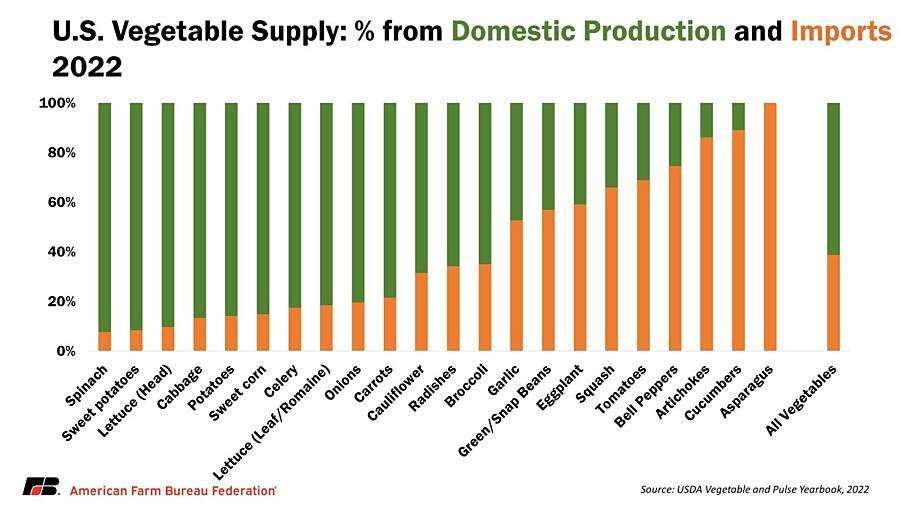
Impacts on Illinois Corn Farmers
Illinois farmers export roughly 30% of our corn to foreign markets around the globe along with millions of gallons of ethanol and thousands of pounds of DDGs. Access and profitability in foreign markets is vital for the success of not just Illinois, but all of American agriculture. Per United States Department of Agriculture (USDA), in 2024 the U.S. exported more than $13.9 billion of corn to markets around the globe, with Mexico, Japan, Colombia, South Korea, and Canada being the top five for U.S. corn.
Considering only the proposed fees from the Trump Administration, corn farmers could expect to add 43¢-65¢ per bushel in transportation cost to foreign markets reached by ship. These fees will certainly depress farm gate prices, which would in turn have knock-on effects such as higher ending stocks, potentially driving prices further below the cost of production and encourage importers to source more grain from competitors in South American and the Black Sea region.
While we are not sure when the Trump Administration will make a final determination on what to do with this proposed rule, we are already seeing market impacts from the uncertainty reverberating around the globe. According to the National Grain and Feed Association (NGFA) options are currently limited to secure export vessels beyond late April/early May, increasing transportation costs by nearly 40%, making us less price-competitive internationally.
The president of National Corn Growers Association asked the Trump administration to grant exemptions on bulk shipments for America’s commodity groups as it considers implementing fees against Chinese vessels to level the playing field between U.S. and Chinese shipbuilders.
What’s Next?
As mentioned, we are not sure when a final determination will be issued on this rule, but planning for shifts in market profitability and transportation costs will be essential.
Click here to see more...